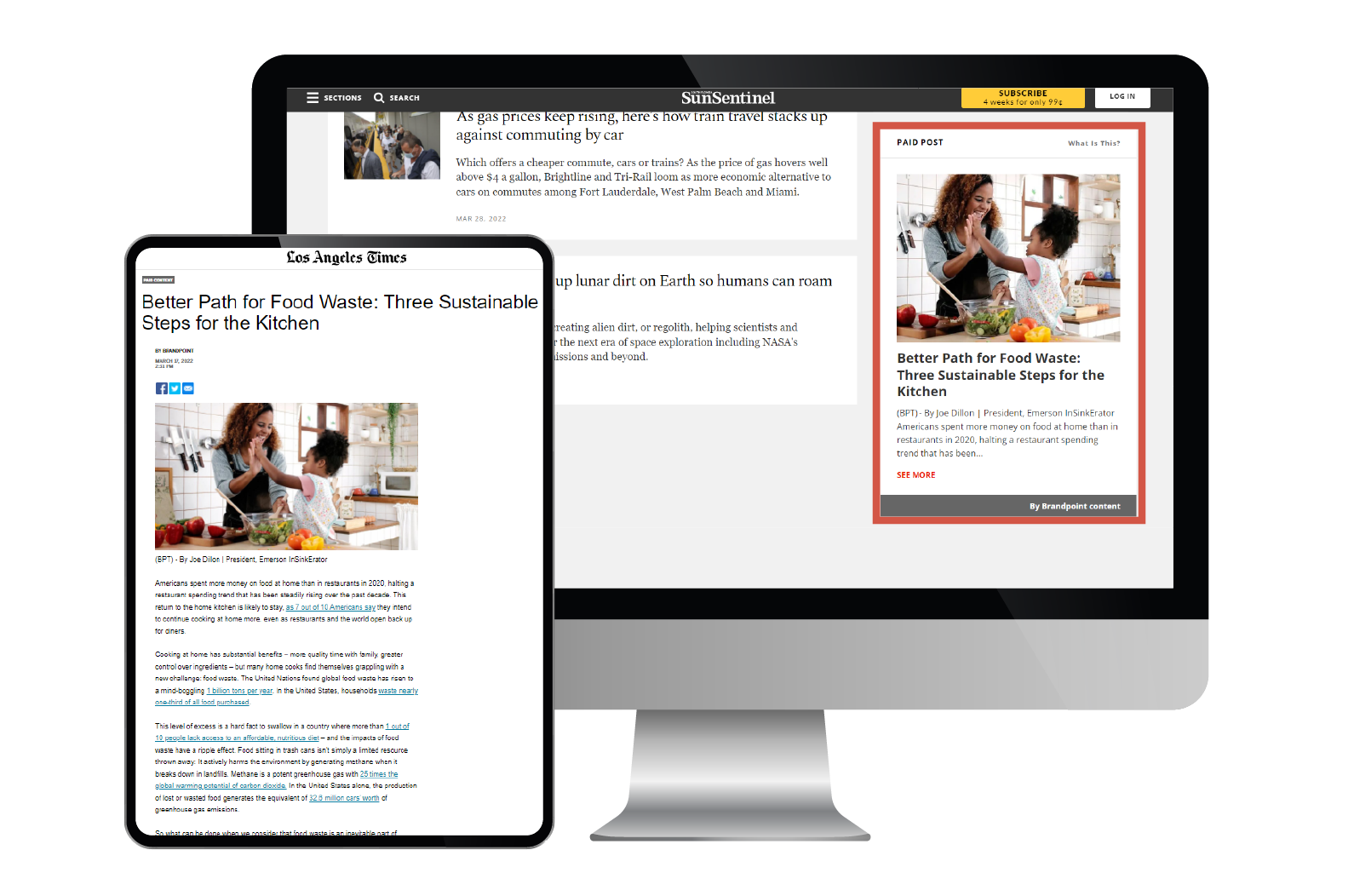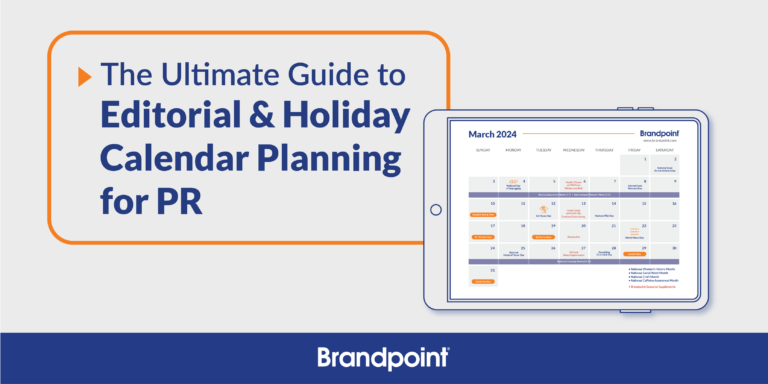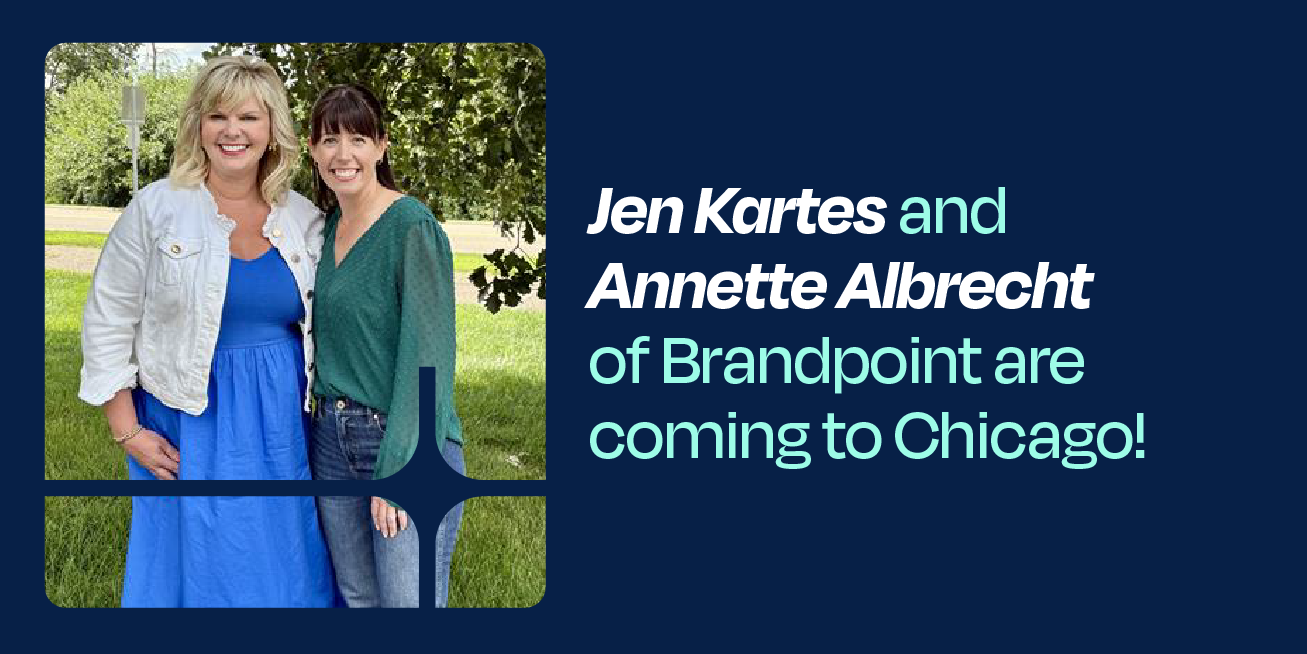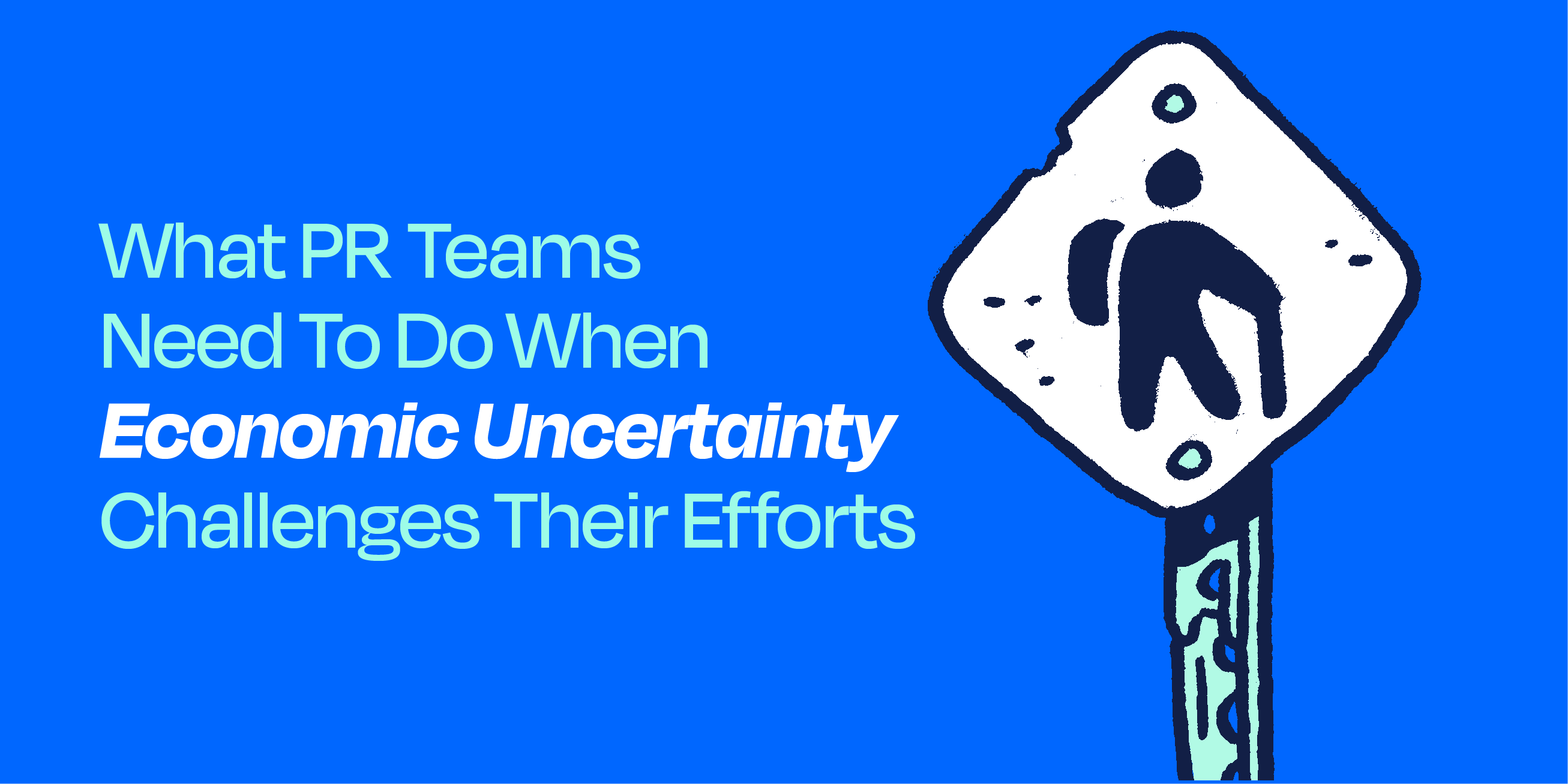Environmental, Social and Governance (ESG) PR campaigns have been a major focus for many PR agencies and corporations this year, and sustainability messaging is trending to continue to grow. In addition to companies striving to make impactful changes in our world and communities, there are business reasons to put effort behind these campaigns as well.
An IDC report from June 2022 stated that “ESG business services spending will grow to $158 billion in 2025.”
Additionally, in Accenture’s report on the rise of the purpose-led brand, 62% surveyed want companies to stand up for the issues they’re passionate about and 66% value transparency as one of a brand’s “most attractive qualities.”
And for marketers out there, ESG as a search term has exploded in the past year, showing that users are more interested in the topic than ever before.
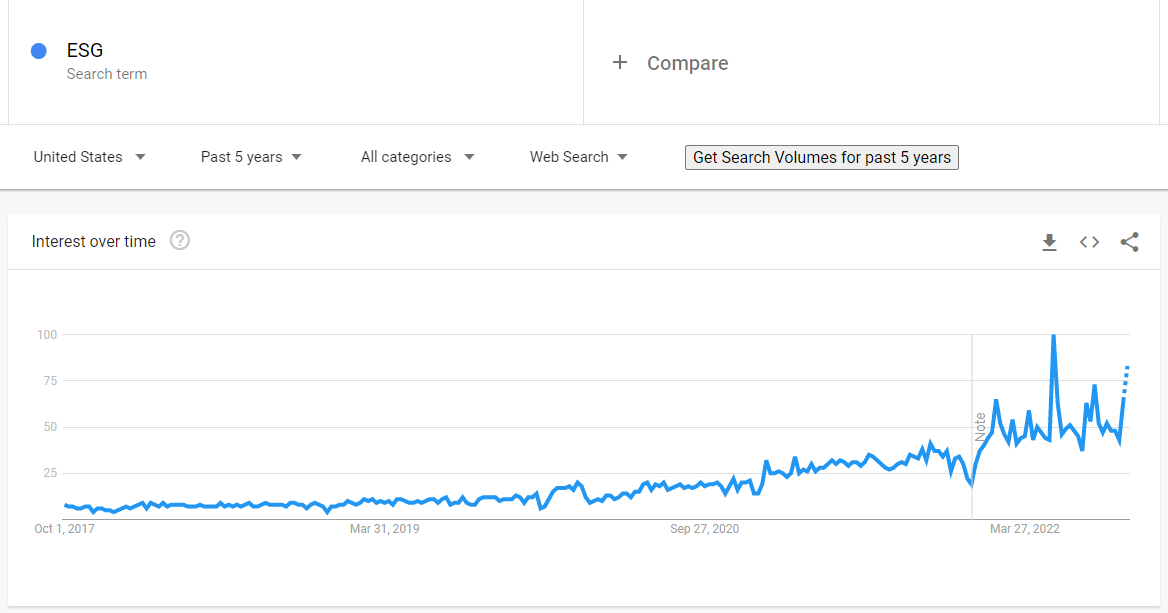
With all of this said, what are the best ways to promote your ESG messaging? As with any PR campaign, there are pros and cons to different tactics and it’s up to your team and your client to decide what the best fit would be.
Here are our four top PR content tactics for ESG campaigns.
1. Press Releases
The old public relations standby still has its merits in the current age. Sending out press releases on the news wire is a streamlined way to get the facts of your news story into the hands of publishers and reporters.
In this roundup from Cision’s blog, the author pulls from PR Newswire’s list of press releases to compile a shortlist of ESG trends for the month. Brands such as General Motors and Dial had their ESG stories boosted, earning them mentions thanks to their newswire send.
However, are press releases still effective or even relevant today? It depends.
Press releases are facts only, written to catch the attention of journalists or editors who will then write an article for their publication. However, once the journalist starts their article, the messaging and angle are wholly in their hands. Additionally, press releases use nofollow links back to a brand’s website, which has zero effect on SEO and search rankings.
We’d recommend press releases to get earned media coverage on breaking news, but not for bolstering your company’s thought leadership, credibility or brand awareness campaigns.
2. Op-Eds and Thought Leadership
Given the fact that most consumers want companies to stand up for what they believe in, opinion pieces from the thought leaders in a company are an extremely effective tactic.
Marketing, PR and the executive team should all work together to decide who in the company is the best spokesperson for the content piece, whether it’s a communications leader, a product developer or even the CEO.
And of course, one of the retail world’s gold standards of putting their ESG money where their mouth is, is doing this perfectly.
Patagonia’s CEO Ryan Gellert published an op-ed in Time.com this spring plainly stating that “business leaders must do better to protect our planet.” This isn’t an ad for Patagonia, and there is no mention of their products, their process or even their initiatives, but making this stand in such a large publication leaves no doubt as to Patagonia’s mission and values.
However, not every company has the clout that Patagonia does. Getting thought leadership placements organically in news sites could take a long time and may not carry the same weight that a piece by such a well-known leader would have. Think about whether this tactic is right for your brand and consider the impact it would have on your campaign and KPIs.
3. Organic Content on Your Own Site
There’s no better place to control your message and consolidate your ESG tactics than on your own website. You have total control over what’s published, what’s written and how you frame your stance.
In addition to creating blog content, case studies, infographics and videos on your website, you could also consider creating a media page to act as a hub for all ESG-related news and projects. This subpage could include your op-eds posted from other sites, press releases, news spots and media mentions, as well as thought leadership blogs on ESG efforts hosted on your own site.
Organic content on your site also has the benefit of SEO opportunities, allowing your brand to show up in search engines for people searching for brands with these programs or efforts. However, as with any content marketing campaign, there is a lot of work involved. This is a long-term play and will take consistent work to create, optimize and update these pieces of content.
4. Promotion and Native Advertising
One of our favorite ways to garner awareness for ESG campaigns is through native ads and promotion of content. Putting money behind these tactics is a simple way to marry controlled media with a large distribution network.
Paid media placements, like MAT Releases, are different from press releases in that these articles are lightly branded content, 100% aimed at a consumer audience rather than journalists and news publications. These are written to be helpful and informative, not as a direct commercial for a product or service. Additionally, branded content distributed by Brandpoint always lives outside of the paywall so your content can be seen by all audiences.
Another way to promote your content through a paid publisher network is through premium promotion products that boost engagement. It starts with a core branded content article, written in the form of an op-ed or thought leadership piece, which is then promoted to business-audiences who are reading these online news sites. Your thought leaders and ESG programs will earn the credibility and implied endorsements of top publications and will be published alongside breaking business news.
An example of branded content on the Sun Sentinel
While adding paid media and native advertising to your campaign planning does add expenses to your budgeting, there are plenty of outcomes that make the tactic worth considering if it’s the right fit for your brand’s campaign.
Which tactic is the best fit for your brand?
Not all campaigns are created equal, and which tactics you decide to use depends on your goals, your message, your capacity and your budget. However, when it comes to advertising your ESG efforts, being honest and sincere while clearly outlining your sustainability and community-related goals is the number one thing to keep in mind. Consumers want to see what corporations are doing to make the world a better place, and their expectations for what businesses should be doing is only growing stronger.

